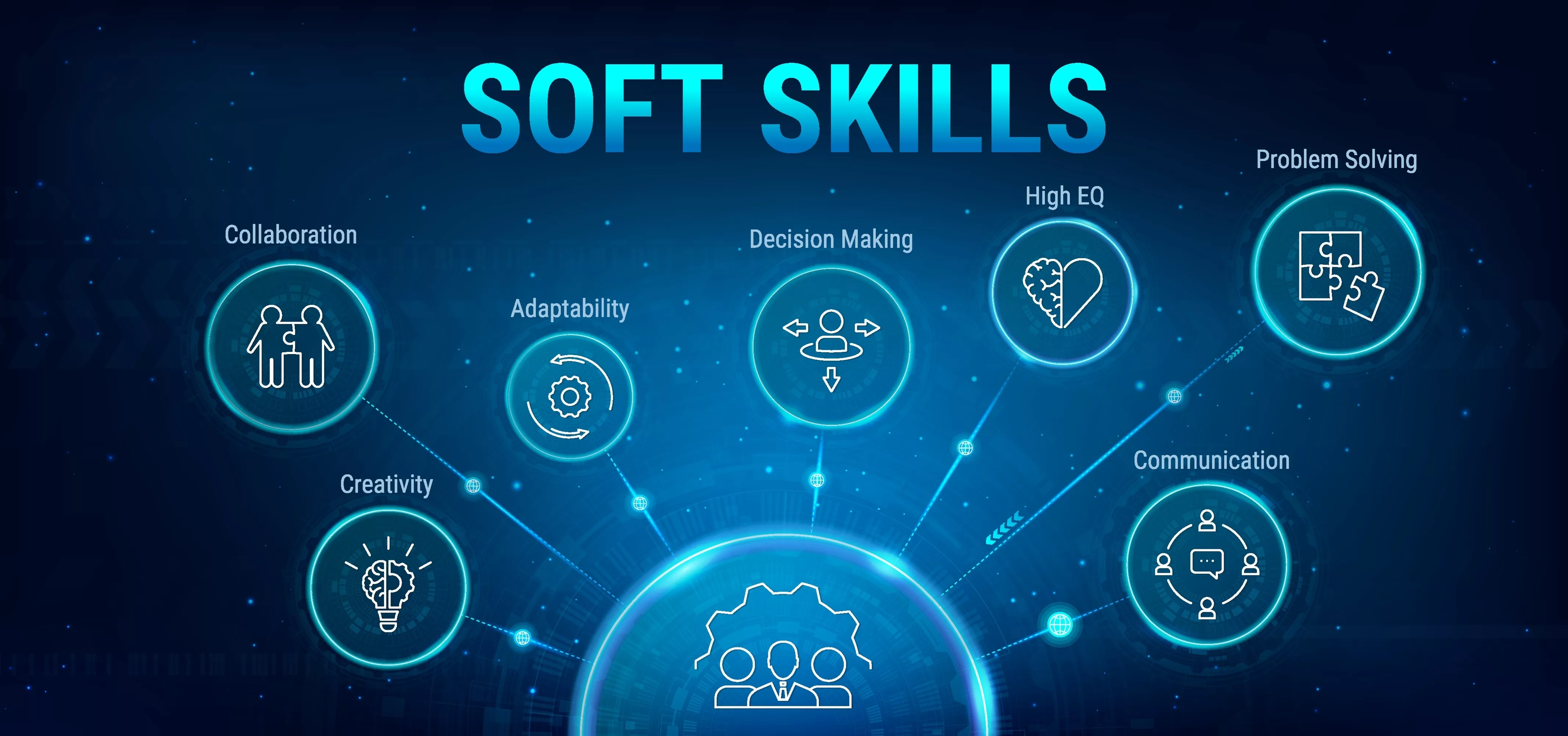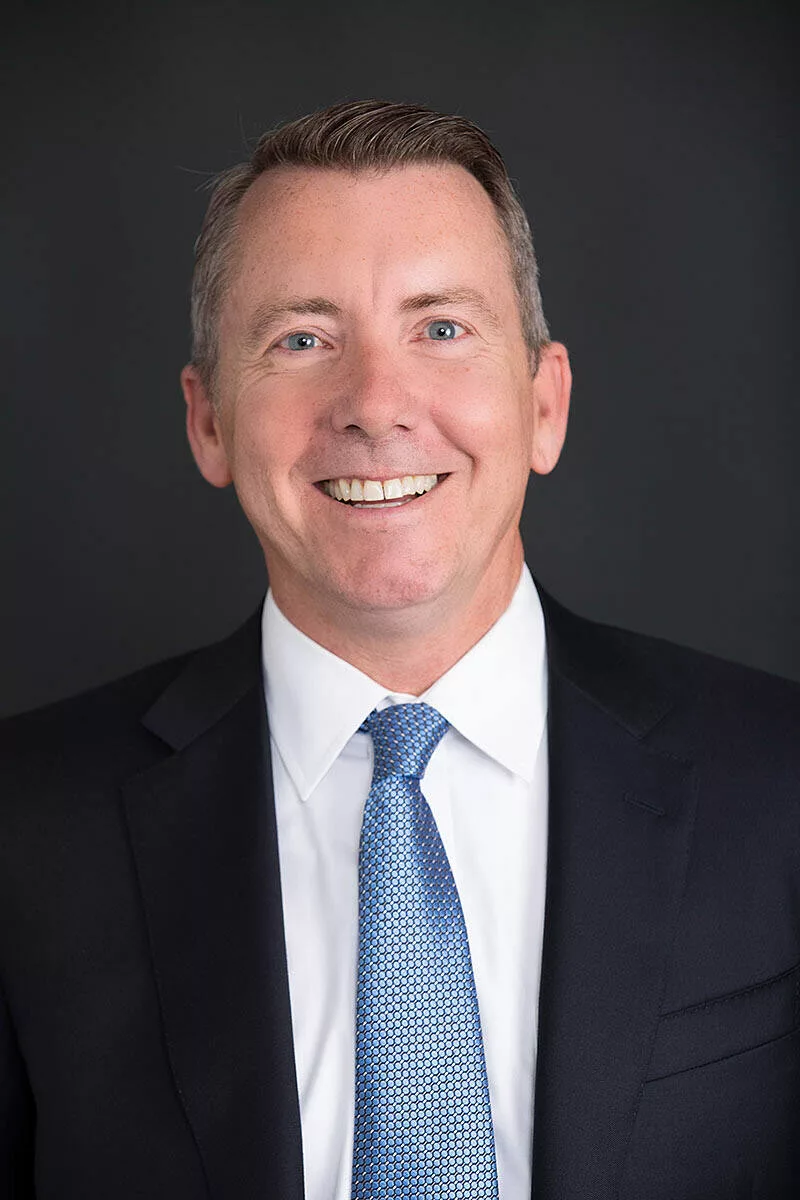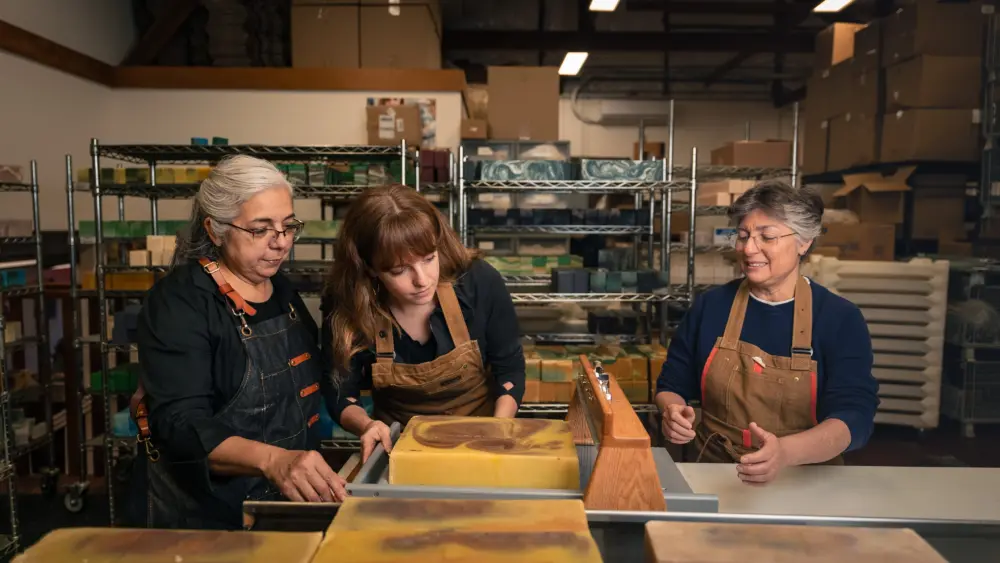
Two students welcome visitors who approach the reception desk in the Student Success Center at Dominican University of California in San Rafael with warm smiles, ready to meet their needs. They’re student employees at the Center for the Dominican Experience, and they’re the faces of a new generation in the workplace. They’re polite and efficient, but not all their peers in Gen Z make such a good impression. Across the country, reports are emerging that the behavior of entry-level workers in the range of 17 to 27 years old is unsatisfactory for a business environment, making it difficult for them to retain jobs. Among the many complaints are unrealistic expectations, unsuitable attire, inappropriate language and poor face-to-face communication.
Perspectives
Jeff Phelps, CEO of Nelson Connects, which has offices in San Rafael, Napa, Petaluma and Santa Rosa, reports that concerns about Gen Z employees locally reflect national trends. Different ideas of what constitutes an acceptable work ethic—relating to punctuality and attendance in particular—appear to be at the heart of the dissatisfaction, he says. Phelps observes that young people new to the working world often place a high value on work-life balance, and employers can perceive that as a lack of commitment to traditional workplace values—especially if they express a desire for flexible hours or working remotely rather than in person at the office. In addition, he says, “There is also a gap in practical experience where younger employees may struggle to apply their theoretical knowledge in real-world scenarios, especially in technical fields.”
Robert Eyler, PhD, chief economist at the Marin Economic Forum as well as an economics professor at Sonoma State University, isn’t surprised at the negative reports. “Those traits do not shock me,” he says, explaining that the behavior of the newest generation of workers has been the source of discussion for some time. Their attachment to their phones and, for some, visions of a future as YouTube stars or influencers on Instagram can make other jobs seem mundane. Nevertheless, he says, “I have not heard of employers letting younger people go in the North Bay or complaining beyond the norm.”

He attributes some habits of younger workers to the disruption that the COVID-19 pandemic caused and how it affected the way they interact with others. “The first thing they think to do is use a phone,” he says, and he points out that while they have a different way of communicating, he hasn’t seen anything that interferes with their productivity or ability to complete a task. He too finds that they’re more concerned about a balance between life and work than earlier generations, and so they might believe that doing some work from home, which became common during the pandemic, is a way to achieve that balance, depending on the kind of work they’re doing. Thus, they often approach work differently, and, he says, “It remains to be seen how much the old world and new world are going to interface and how much the pandemic has dictated that change.”
The lack of soft skills, which includes time-management, organizational skills and teamwork, as well as communication, are also a topic of discussion, but that’s not new. “We’ve been talking about soft skills for decades,” he says, and SSU faculty members have considered offering a one-unit class that everyone must go through, which would include letter-writing, interviews, emails and good business skills. Among the drawbacks, however, are faculty members who aren’t trained to teach those subjects and the possibility that they might lack soft skills themselves. He has seen peers struggle with interpersonal communication, thoughtful writing and public speaking, and even though “It seems like we should do it, especially if someone’s a business major,” he says, he doesn’t see it coming.
Giving yet another perspective, Naomi Elvove, executive director of Dominican’s Student Success Center, points out that the way today’s students are going through college is different to previous generations, and that could leave them lacking the practical skills they need to be successful. “Everything is career-focused,” she says, and they are choosing majors that will give them specific knowledge, allowing them to go right to work in their chosen field and pay off their debts. A student majoring in financial management, for instance, might learn about the factors that influence financial markets and how to manage money, leading to a job in banking or corporate finance, but not have the opportunity to develop critical thinking skills or learn how to set goals. She’s also observed a greater concern about mental health, which became acceptable after Gen Z Olympic athlete Simone Biles took time out to address mental-health issues that interfered with her performance as a gymnast. She finds that it has become increasingly common for students to take mental-health days. “They can’t focus in class, so they don’t go in,” she says, adding that faculty struggle with that, as do employers.

Pathways
At Dominican University, some students have the desire and determination to succeed from the outset. “A lot of students are second generation,” says Elvove. She explains that they have hard-working parents and help at home or have part-time jobs, and “They have a work ethic that’s already there.” Others, though, often need a hand. The Student Success Center opened in May 2024 after an $8 million renovation of the Alemany Building, where it’s housed, and it offers the services of 24 integrative coaches in a course called Navigating College. Seventy-five percent of Dominican’s students take the course, and the goals include giving them the opportunity to learn soft skills not taught in academic classes, such as creating a résumé, writing a cover letter, time management and setting goals, which will be beneficial in the workplace as well as the classroom.

Another popular class is Adulting for Seniors, based on the book Designing Your Life: How to Build a Well-Lived, Joyful Life by Bill Burnett and Dave Evans, who wrote it after teaching a course using the principles it shares at the Life Design Lab at Stanford University. Elvove explains that the themes are work, career, play, relationships and money, and students learn to design their lives in much the way an artist would. Life frequently throws us curves, she explains, and we need to flow with those curves and shift to accommodate them. Thus, students learn how to solve problems and make decisions when something unexpected comes their way—in essence, preparing to be a successful adult. “The people who take it just love it,” she says.
She’s discovered that as students near graduation and get closer to the working world, they often feel overwhelmed and are terrified of what comes next. She asks them to think about where they’d like to work and the people they want around them, and then she sends them to talk to people for interview practice. She also tells them to do research on various companies to find out which ones would be a good fit, taking into consideration the type of business, its size and where it is in the country. She sends them to job fairs, which requires them to dress correctly and prepare questions, and instructs them to ask people who interest them if they can connect with them on LinkedIn. To further prepare them for finding a job and entering the workforce, she tells them they can decide that something’s not right and turn down a job offer. “The wrong place is toxic and burns out their energy,” she says. She adds that it’s difficult for new graduates to see themselves as professionals and so, to give them confidence, she tells them, “You’re interviewing them as much as they’re interviewing you.” Dominican tries to hire as many students as possible so they can gain work experience, and “For the most part, because of our size, we’re able to touch many students,” says Elvove. They learn to be part of a team and, along with coaching, training to be an adult and the mentorship program’s focus on leadership, they’re likely to be ready to embark on careers in a positive way.

In Marin County, some students have a chance to get a taste of the working world and hone their skills while they’re still in high school. A whole array of programs focus on college and career readiness, and “They all stress preparation and how to succeed in the workplace,” says Ken Lippi, senior deputy superintendent for the Marin County Office of Education. Whether it’s a work experience with the Marin County Sheriff’s Office, construction, a medical pathway or engineering, all of them have a component in soft skills. He explains that students who are applying for six-to-eight-week internships go through a series of steps that are geared to real-life skills that will serve them in the workplace after high school or college, including résumé preparation and learning how to go through an interview, sometimes with a mock interview. “It’s a successful model,” he says, explaining that hundreds of students have gone through the program and that they learn how to operate with colleagues in an office setting, work as part of a team and show up on time. “It’s not only great for the employee, but also for the employer. We get overwhelmingly positive feedback,” he says, and he attributes the students’ success to the preparation they get beforehand.
Gen Z in the workplace
The Marin County Office of Education also has Gen Z employees, and Lippi finds they’re valuable contributors. “They’re willing to participate in a significant way from the start, which is a plus,” he says, and they’re adept at working independently. He also appreciates their participation in face-to-face meetings and their willingness to be open and share thoughts in a meaningful way. “They bring energy and a new way of working,” he says. “I find it exciting, stimulating and fun to work with this generation.”
He points out that they’ve had to face significant challenges. “Their lives began around the period of 9/11 and, through their childhood, they’re the generation that began to encounter the most serious kinds of drills in school related to safety,” he says.

Then COVID-19 brought everything to a standstill and forced them into isolation at a time when peer relationships are important, and older teens and young adults had their lives upended. Next, the effects of climate change became more severe. “Anyone who is a logical and sane thinker recognizes that we have a serious environmental crisis,” Lippi says. “They’ve seen it all unfold. They’ve lived through a period that’s been pretty tumultuous.” As a result, instead of becoming discouraged, they’ve learned to care for their mental health, he says, observing that work-life balance is a healthy thing and should be encouraged. He suggests that employers look at a more flexible way of doing things instead of expecting young people to fit into old, established patterns. They could, for instance, look at how their Gen Z employees communicate and recognize that texting is a way of working for them. He’s been in the working world for well over 40 years, and “I’m the one who needs to learn to communicate like them,” he says. In some situations, he adds, as long as productivity is on target, a different working style might not be an issue. “We want them to stay,” he says. “It’s incumbent on us to incorporate them.”
Similarly, Eyler believes that employers need to recognize that a new generation has a different view of work, and situations are different. “We need to provide incentives for them to be productive and still stay in their lane,” he says. In the long term, if employers don’t find common ground with Gen Zers and are unable to find enough workers to meet their needs, they’ll be forced to start looking at a broader geographic radius, he predicts, perhaps having to pay people to commute or creating different work schedules. “They could also utilize more technology and use machines instead of people,” he says. And with fewer job opportunities, young people would be less likely to stay in the communities where they grew up. He adds, however, that it’s impossible to generalize. “If you’ve got to feed a family, you’re going to conform,” he says, and circumstances might change how members of Gen Z view work.
Tips for success

Phelps finds that employers are pleased with many of Gen Z workers’ attributes. Among them, they’re tech-savvy, able to adapt to new technologies and have fresh perspectives and innovative ideas. They also contribute to problem-solving and push companies toward modern, more efficient methods. “Their focus on diversity and inclusivity is also valued, as they help foster a more open and progressive workplace culture,” he says. “One key area for improvement is bridging the generational gap in work habits,” he adds, and employers can take the initiative by making clear their expectations relating to attendance, punctuality and accountability. Structured onboarding and training in technical and soft skills as required would help smooth the path for an entry-level employee, and flexibility that’s clearly defined could accommodate a younger worker’s desire for work-life balance. Employers could also provide mentorship and coaching, thereby giving young people an opportunity to acquire the skills they lack.
“Encouraging cross-generational collaboration can also foster mutual understanding and respect for different work styles,” he says. “It’s essential to break down stereotypes and focus on individual strengths and contributions rather than generational labels,” he adds, explaining that cross-generational teams can be a strength for a business, and by creating a culture that emphasizes communication, empathy and diversity, workers can support each other and create a workplace that’s collaborative and more productive.
As time goes on and Gen Z employees find their place, their values and approach to work are likely to make their mark in an ongoing evolution that has the potential to transform the business environment.
They’re the future, and one day they’ll be in charge, so change is inevitable. Meanwhile, patience and open minds—on both sides—can make a better workplace for everyone.
Designing Your Life
When Dave Evans and Bill Burnett launched Designing Your Life as a class at Stanford University in 2010, it was the beginning of a global movement. The book Designing Your Life, followed, and they also published Designing Your New Work Life and The Designing Your Life Workbook. The series has sold more than 1 million copies in 24 languages so far, and hundreds of coaches in 36 countries have taken training in the Designing Your Life Certification Program.
Learn more at designingyour.life.
Marin County School to Career Partnership
The Marin County Office of Education has a variety of programs that focus on college and career readiness, and they all familiarize students will the skills they will need to be successful in the workplace. Programs include:
Internships
Job Shadows
Career Readiness
Career Academies
Resources
Regional Occupation Program
Career Technical Education



